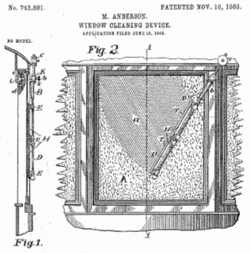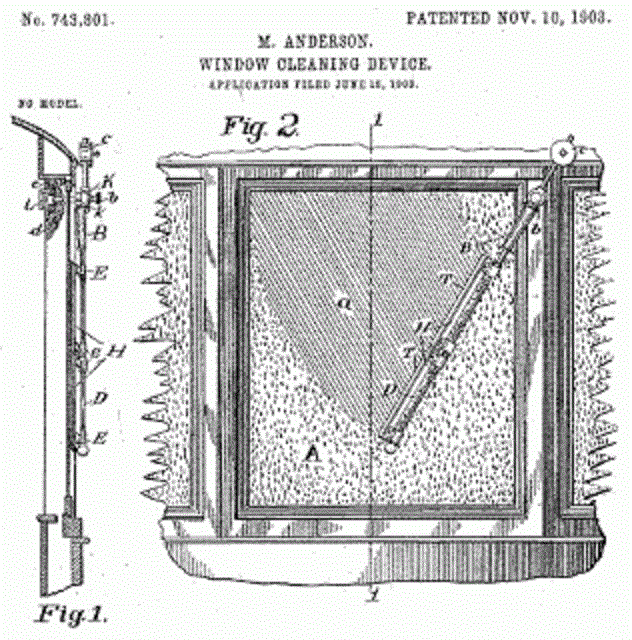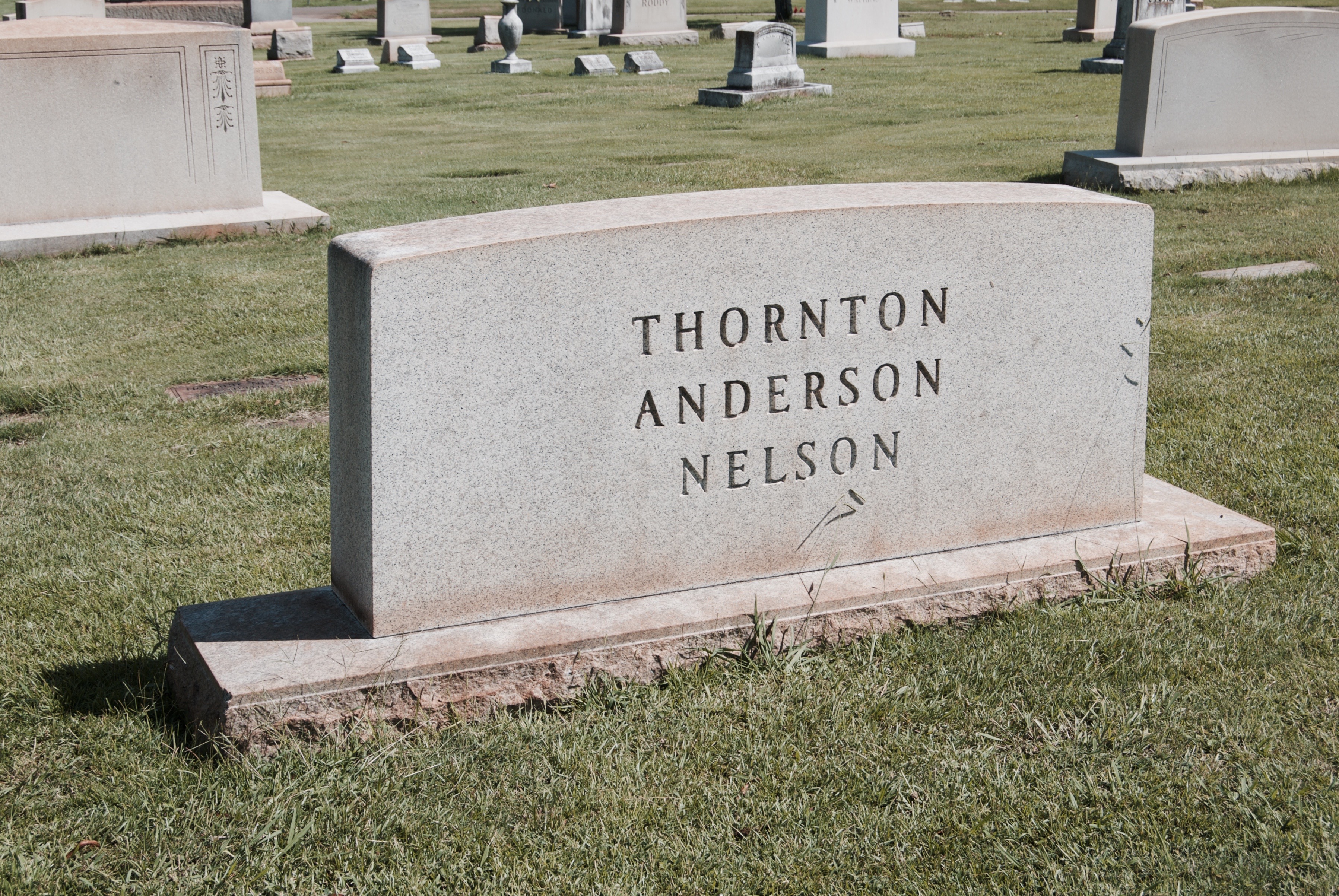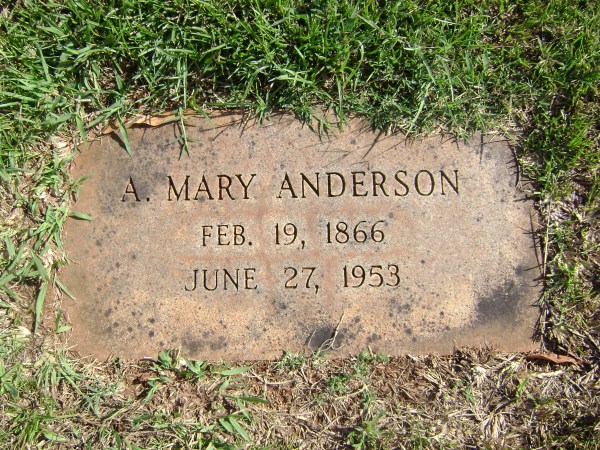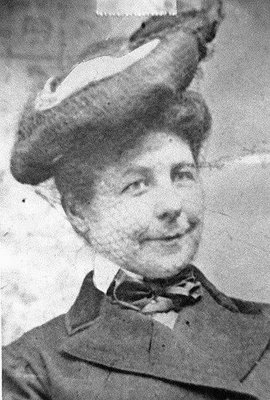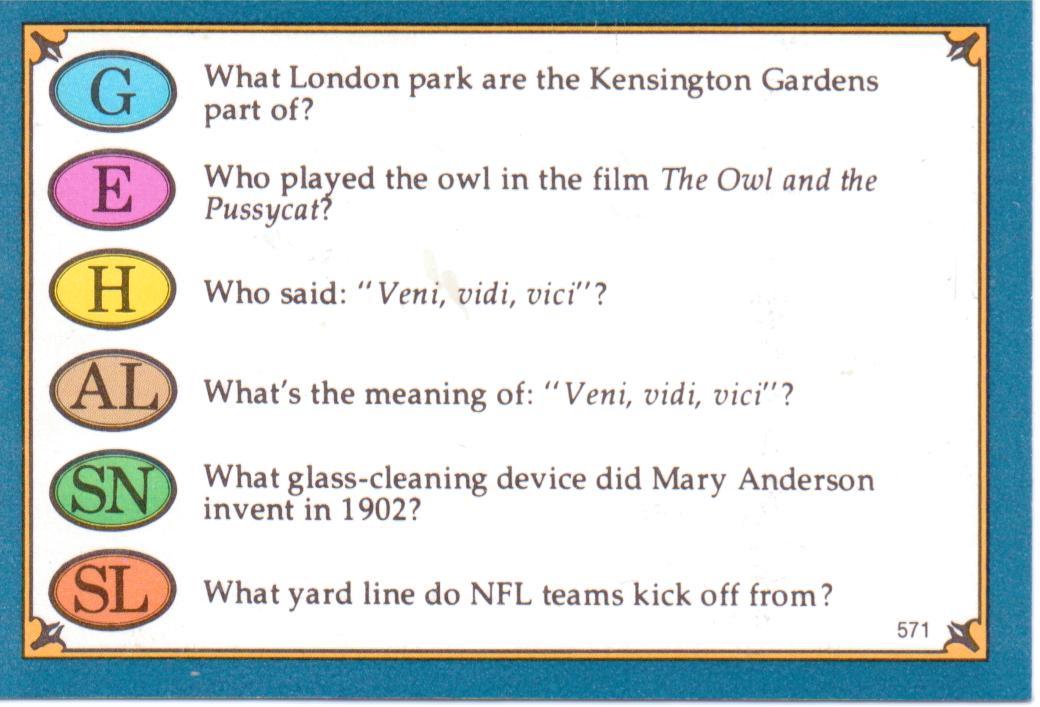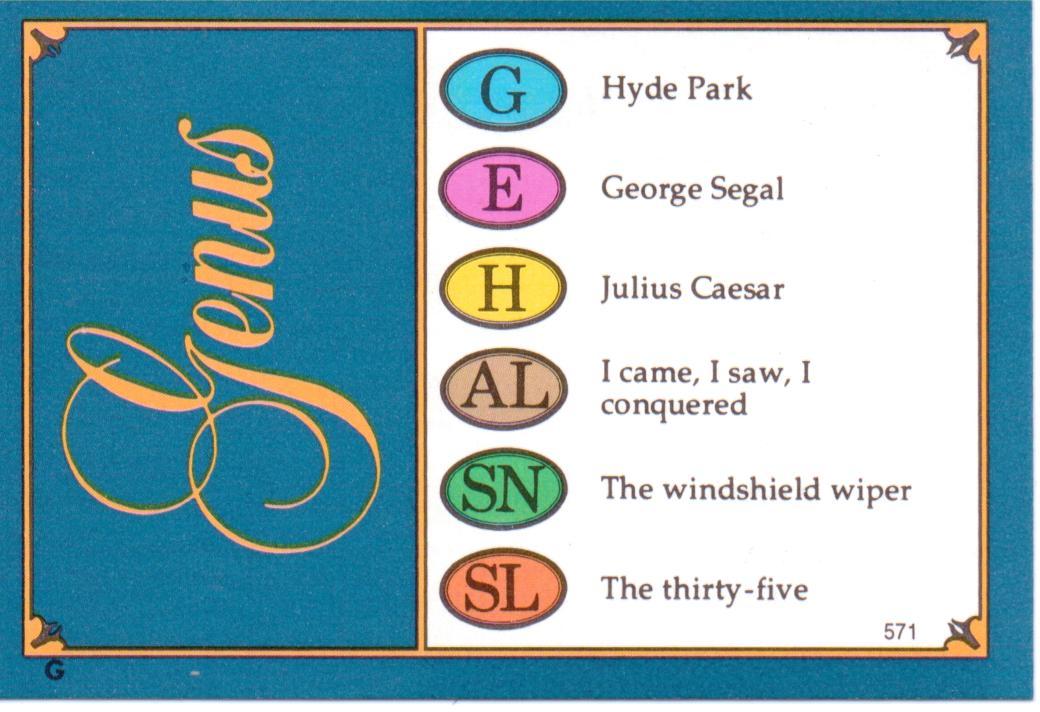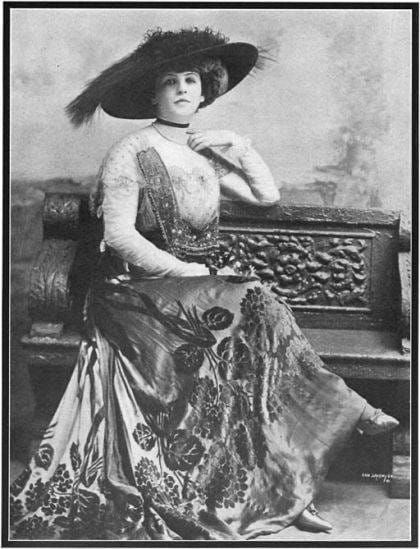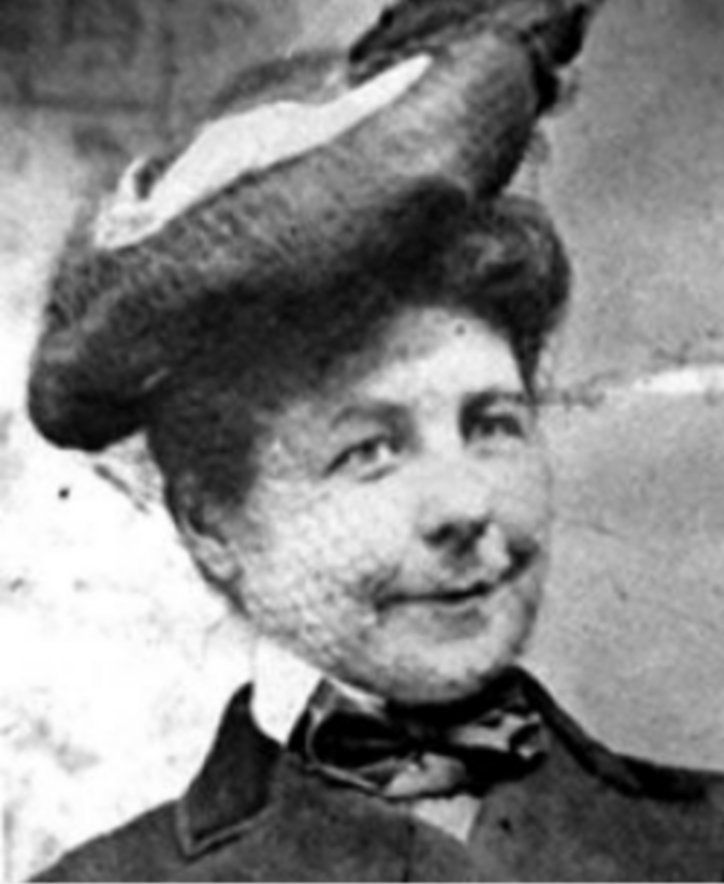As the story goes, on a freezing, wet winter day around the turn of the century, Mary Anderson was riding a streetcar on a visit to New York City when she noticed that the driver could hardly see through his sleet-encrusted front windshield. Although the trolley's front window was designed for bad-weather visibility--it was split into parts so that the driver could open it, moving the snow- or rain-covered section out of his line of vision--in fact the multi-pane windshield system worked very poorly. It exposed the driver's uncovered face (not to mention all the passengers sitting in the front of the trolley) to the inclement weather, and did not improve his ability to see where he was going in any case.
Anderson began to sketch her wiper device right there on the streetcar. After a number of false starts, she came up with a prototype that worked: a set of wiper arms that were made of wood and rubber and attached to a lever near the steering wheel of the drivers' side. When the driver pulled the lever, she dragged the spring-loaded arm across the window and back again, clearing away raindrops, snowflakes or other debris. When winter was over, Anderson's wipers could be removed and stored until the next year. (This feature was presumably designed to appeal to people who lived in places where it did not rain in the summertime.)
People scoffed at Anderson's invention, saying that the wipers' movement would distract the driver and cause accidents. Her patent expired before she could entice anyone to use her idea.
In 1917, a woman named Charlotte Bridgewood patented the "Electric Storm Windshield Cleaner," an automatic wiper system that used rollers instead of blades. (Bridgewood's daughter, the actress Florence Lawrence, had invented the turn signal.) Like Anderson, Bridgewood never made any money from her invention.
∼Inventor. She is credited with creating the automobile windshield wiper blade and received a patent for it in 1903. It was initially rejected as not having any commercial value but as the automobile industry expanded, it eventually became standard equipment, with Cadillac being the first car to adopt it in 1922.∼Mary Anderson (1866-1953), was a native of Birmingham, Alabama. She was an American real estate developer, rancher, viticulturist and an inventor. She is credited with inventing one of the most simple and crucial pieces of technology used in all modern day vehicles today.
During a visit to New York on a snowy morning in 1902, she noticed that the trolley driver was having difficulty seeing through the sleet and snow. Every few minutes, the driver had to reach through his window to wipe the snow and sleet off the windshield. During the ride, she started thinking about how the driver could stay warm inside the vehicle without worrying about the snow piling up on his windshield.
This was the day that the first windshield wipers were envisioned. She designed a hand-operated device that would keep the windshield clear of snow, sleet and rain. She applied for a patent on June 18, 1903 and was granted one on November 10, 1903. The invention titled "Window-cleaning device" with the patent for 17 years.
As the story goes, on a freezing, wet winter day around the turn of the century, Mary Anderson was riding a streetcar on a visit to New York City when she noticed that the driver could hardly see through his sleet-encrusted front windshield. Although the trolley's front window was designed for bad-weather visibility--it was split into parts so that the driver could open it, moving the snow- or rain-covered section out of his line of vision--in fact the multi-pane windshield system worked very poorly. It exposed the driver's uncovered face (not to mention all the passengers sitting in the front of the trolley) to the inclement weather, and did not improve his ability to see where he was going in any case.
Anderson began to sketch her wiper device right there on the streetcar. After a number of false starts, she came up with a prototype that worked: a set of wiper arms that were made of wood and rubber and attached to a lever near the steering wheel of the drivers' side. When the driver pulled the lever, she dragged the spring-loaded arm across the window and back again, clearing away raindrops, snowflakes or other debris. When winter was over, Anderson's wipers could be removed and stored until the next year. (This feature was presumably designed to appeal to people who lived in places where it did not rain in the summertime.)
People scoffed at Anderson's invention, saying that the wipers' movement would distract the driver and cause accidents. Her patent expired before she could entice anyone to use her idea.
In 1917, a woman named Charlotte Bridgewood patented the "Electric Storm Windshield Cleaner," an automatic wiper system that used rollers instead of blades. (Bridgewood's daughter, the actress Florence Lawrence, had invented the turn signal.) Like Anderson, Bridgewood never made any money from her invention.
∼Inventor. She is credited with creating the automobile windshield wiper blade and received a patent for it in 1903. It was initially rejected as not having any commercial value but as the automobile industry expanded, it eventually became standard equipment, with Cadillac being the first car to adopt it in 1922.∼Mary Anderson (1866-1953), was a native of Birmingham, Alabama. She was an American real estate developer, rancher, viticulturist and an inventor. She is credited with inventing one of the most simple and crucial pieces of technology used in all modern day vehicles today.
During a visit to New York on a snowy morning in 1902, she noticed that the trolley driver was having difficulty seeing through the sleet and snow. Every few minutes, the driver had to reach through his window to wipe the snow and sleet off the windshield. During the ride, she started thinking about how the driver could stay warm inside the vehicle without worrying about the snow piling up on his windshield.
This was the day that the first windshield wipers were envisioned. She designed a hand-operated device that would keep the windshield clear of snow, sleet and rain. She applied for a patent on June 18, 1903 and was granted one on November 10, 1903. The invention titled "Window-cleaning device" with the patent for 17 years.
Family Members
Sponsored by Ancestry
Advertisement
Explore more
Sponsored by Ancestry
Advertisement
